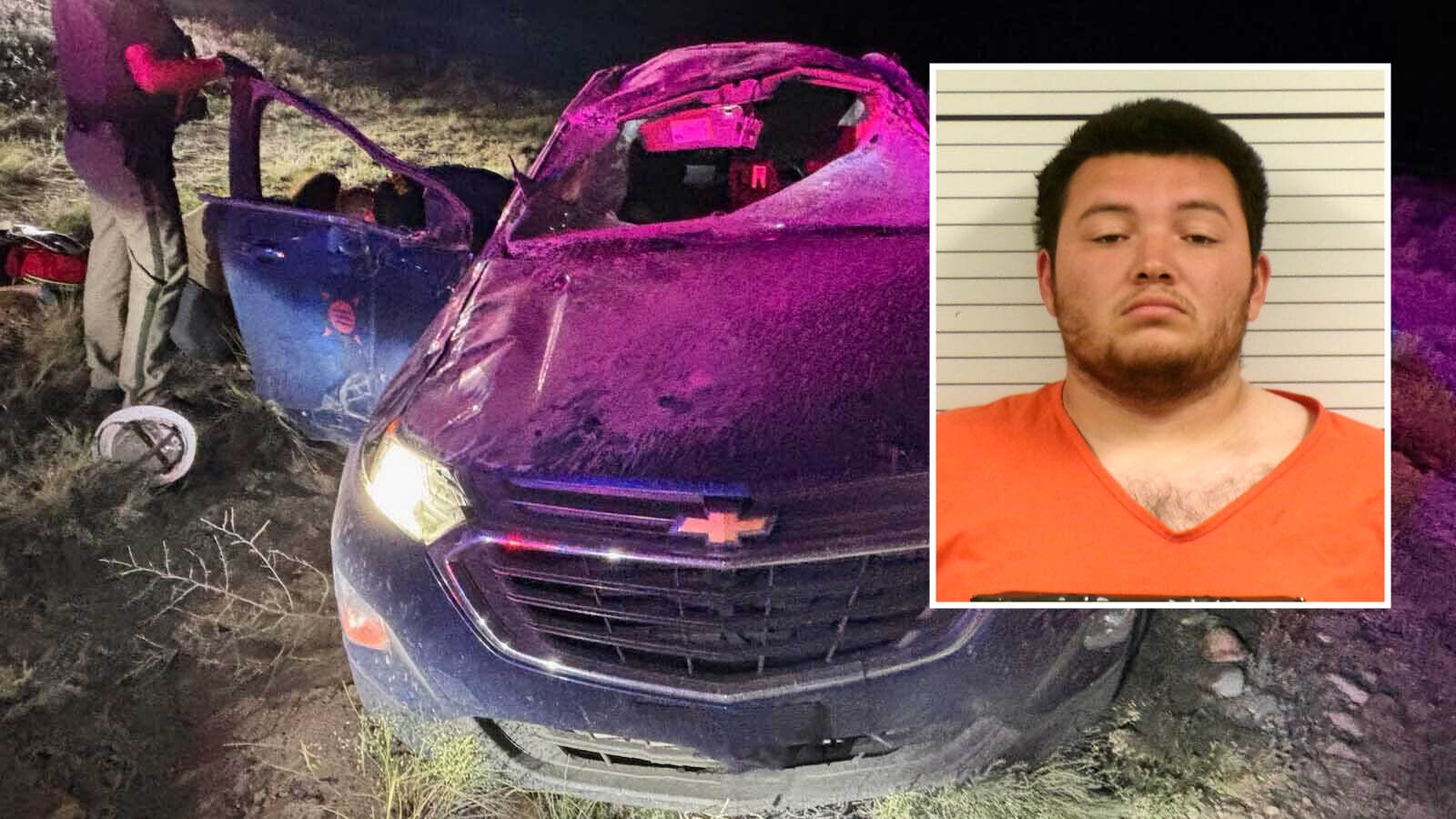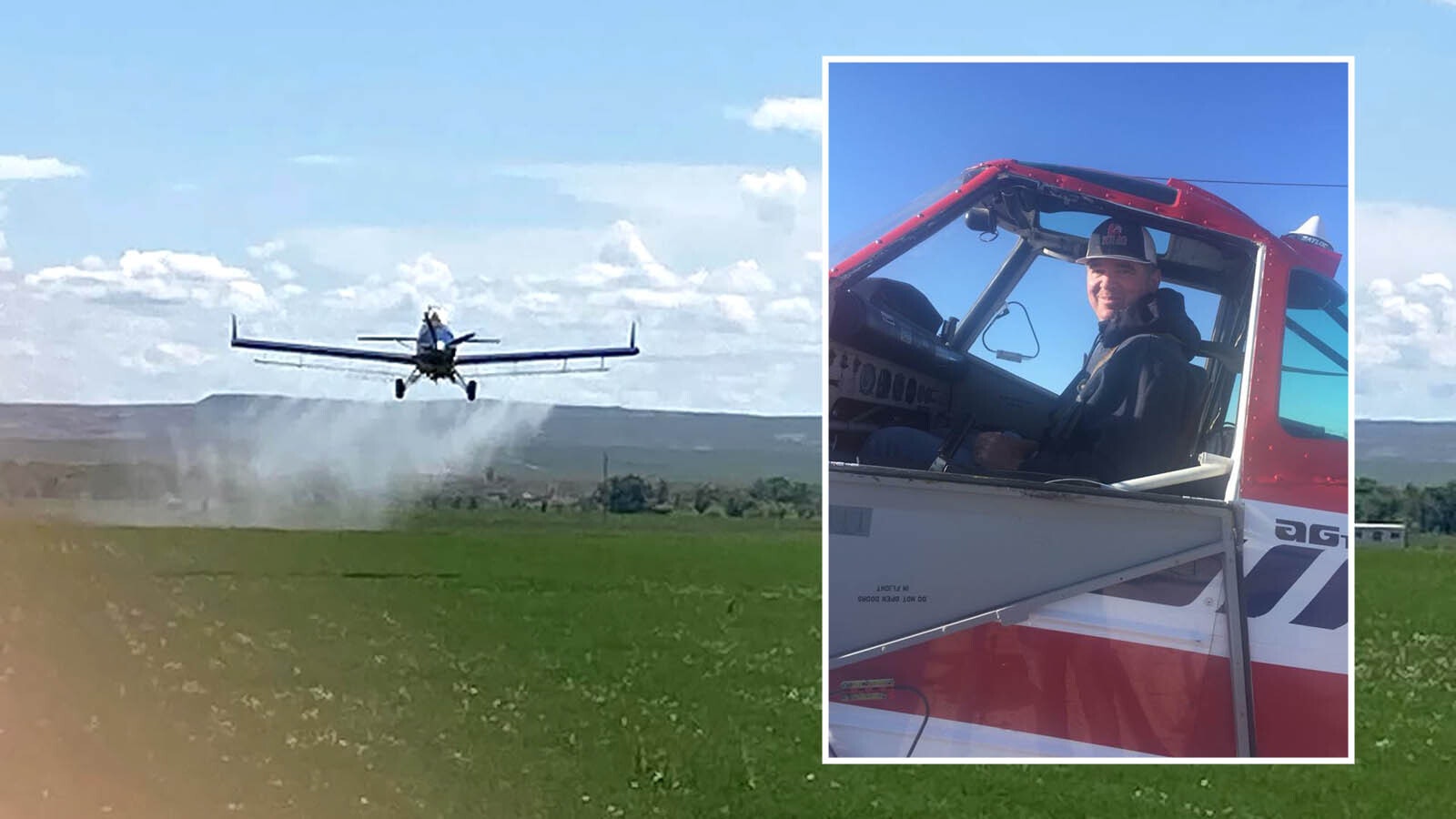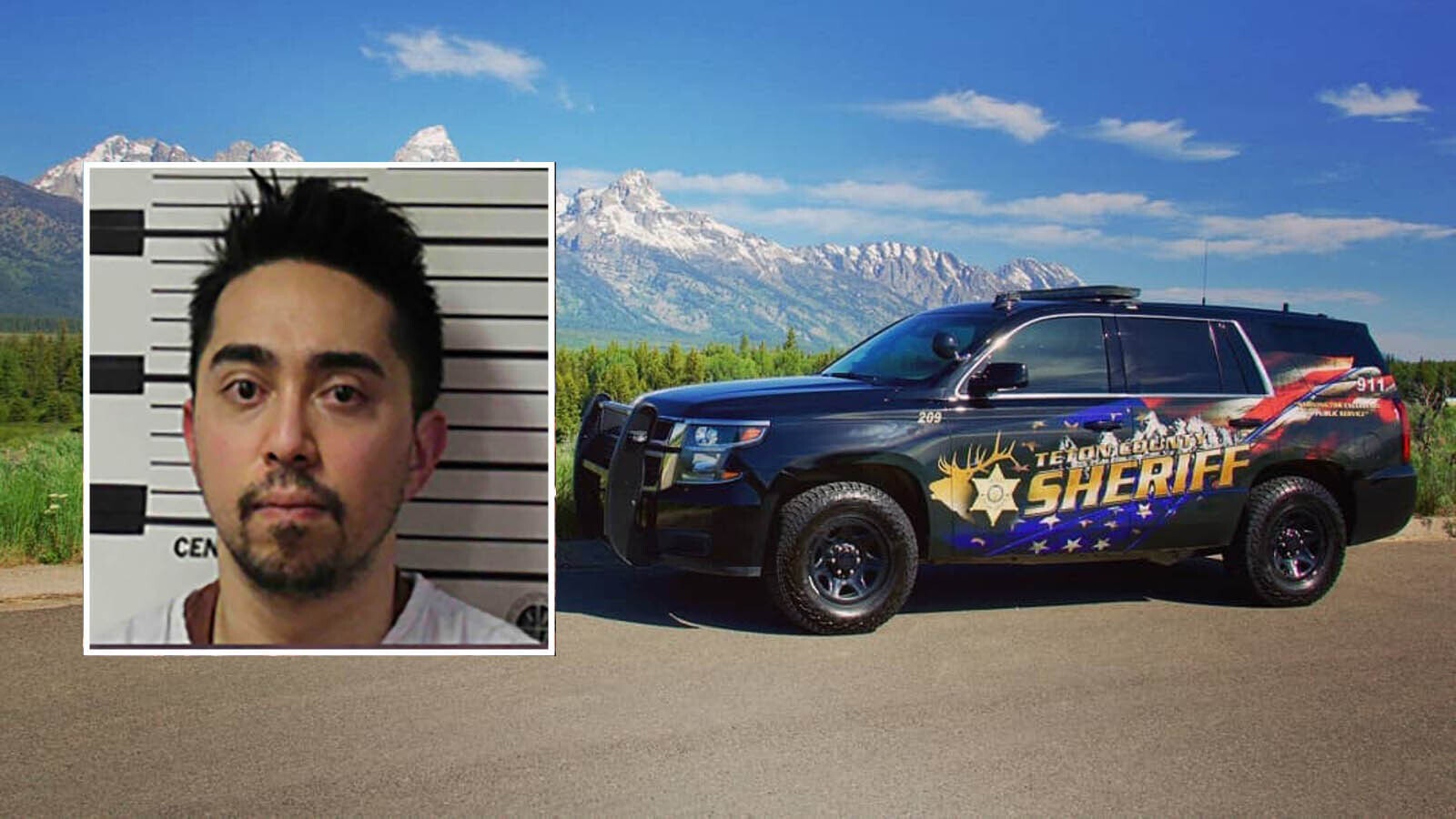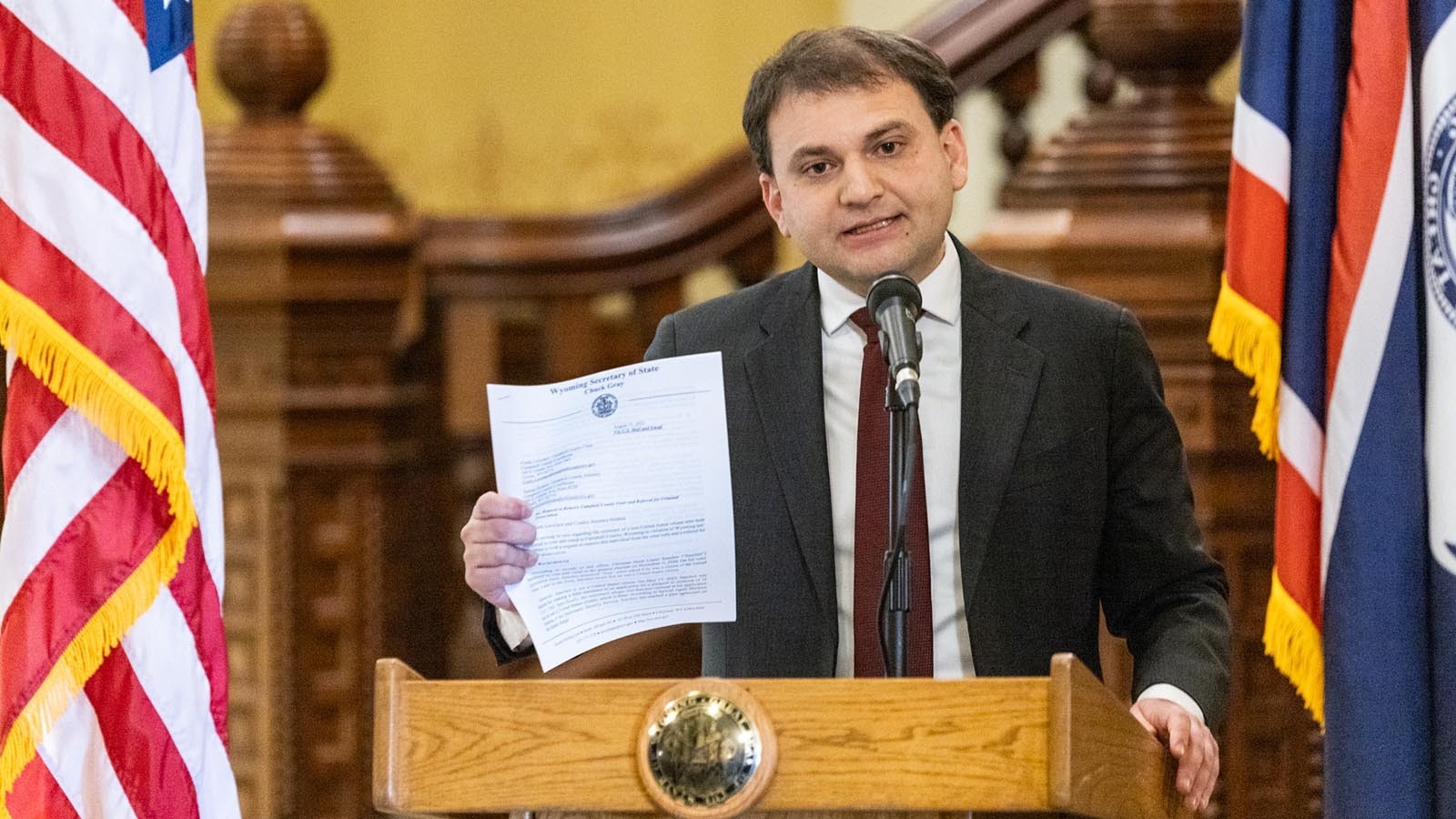Up until a few years ago, Desirée Tinoco hadn’t given missing people much thought. Why would she? The Casper resident and stay-at-home mom lives a quiet life with her husband and it never personally impacted her life.
Then a friend brought two local missing men to her attention. Tinoco didn’t know either of them, only the rumors of their checkered pasts and reputed drug addictions, but the fact that they were missing, and people weren’t clamoring to find them bothered the 34-year-old mom with two children of her own.
“How does someone just disappear?” she said. “I don’t even understand how that happens.”
More so, when she looked online for updates or stories in the local media, she found nothing. The prevailing attitude seemed to be, in her mind, that these were grown men who’d left on their own volition. Tinoco, however, thought the cases should be more urgent and taken seriously.
“If it was a child or a beautiful woman, everyone would be out searching for them,” she said. “I didn’t understand that at all.”
One of the missing men’s body was later found in the woods off I-25 outside Casper in the spring after the snow had thawed.
The death and fate of the other missing local man stuck with Tinoco, and she couldn’t stop thinking about him and others, who despite their sordid pasts and trouble in life, were nonetheless loved and sorely missed by someone.
“I kept thinking of the mom or grandmother holding their baby for the first time and all the love they felt,” she said. “This is someone’s son, father or brother. I could stop thinking about that.”
After looking around to see if there was any type of state-wide database or resources were available to help the families of the missing, Tinoco found nothing, short of a few catch-all community Facebook pages where missing people were sprinkled in among garage sale listings and reviews of local businesses and restaurants.
It turned out that Wyoming was one of 13 states that did not have a statewide missing person database, so Tinoco decided to create one. With the help of a friend, she launched the Missing People of Wyoming Facebook page in July 2019.
Overwhelming Response
Within a month of launching the page, Tinoco watched the number of members steadily grow by the thousands. When it hit 10,000 members, it blew her mind.
She remembered sitting at a packed Modest Mouse concert at Red Rocks Amphitheater in Colorado that holds just over 9,500 people. The idea of this mass crowd joining something she created was humbling, she said.
When she started the page, she had gone out of her way to find missing people to post, often sharing info she saw on community Facebook pages or the National Missing and Unidentified Persons System (NamUs), including those missing from surrounding states who feasibly could have made it to Wyoming.
Soon, however, several people began to share their own posts and coming to Tinoco for information about how and where to report their missing loved ones. It was one thing to administer a social media page, but quite another to actually advise people on the process.
That was weird in itself, she thought. Not just that people didn’t really understand what to do when a family member disappeared but also that so many people seemingly could go missing.
When she did a search for resources in Wyoming, her Facebook page was invariably the first to come up on the list. At that point, she realized she was out of her league.
“I didn’t have the skills or ability to help these people,” she said. “I was completely overwhelmed.”
At that point, she reached out to several Wyoming state legislators but received no response, save for a terse note from one, telling her that the Wyoming Department of Criminal Investigations (DCI) already had a database that had not come up on any of her Google searches.
Though DCI did have a missing person database, it was buried on their website and woefully out of date with the last listing nearly a decade ago.
Frustrated by the lack of response from state politicians, she launched a petition to Governor Mark Gordon to create a state-wide missing person site. She was shocked when the petition procured more than 36,000 signatures, and even more shocked, when he signaled his support of the endeavor.
In the absence of a response from state legislators, Tinoco decided to approach the Casper City Council after she saw something on their agenda about human trafficking. She was invited to speak, and from there the ball began rolling.
Rallying Call
Tinoco recalled how nervous she was to approach the council. Her hands shook as she read her prepared statement off her cell phone. The next day, when she saw her photo and story on local media, she wondered who the heck that person was.
Up until that moment, she never fashioned herself as an activist of any kind and doubted her ability to be taken seriously as a stay-at-home mom with a high school education. Most surprising to her was the fact that city leaders seemed to be listening to what she had to say.
After that meeting, Casper City Manager Carter Napier called a meeting with Tinoco and Casper City Police Chief Keith McPheeters. All agreed having a state-wide missing person database was a great idea and took the steps to help make it happen. From there, Tinoco met with DCI Director Frosty Williams and other relative figures in the missing person and legal community who also saw the need for such a resource. Within a few months, Tinoco was working with law enforcement to share her feedback and knowledge to help DCI revamp its missing person database.
Katie Koskelowski, records analyst at DCI, was instrumental in updating the website, putting in long hours in sync with Tinoco to update records and add new missing person cases, including a link for the public to report a missing person.
The group also pulled in Emily Grant from the Wyoming Survey and Analysis Center (WYSAC) to create posters for the public on procedures for reporting missing people, such as where to file a report and what information is needed. She also debunked the incorrect assumption that a person has to wait 24 hours before reporting a missing person to law enforcement.
With regard to the missing person appearing on the DCI missing person site, Koskelowski said that she waits until a person is missing for seven days because approximately 90% to 95% of missing people are located or returned home within the first week.
Doing Something
TInoco admitted she’s ridiculously proud of the business cards she just received with her name and title as founder of Missing People of Wyoming group, which she now hopes to turn into a non-profit. As of this month, the site now has more than 20,000 members and Tinoco continues to run the site with the help of Casper private investigator Amanda Waldron.
Along with running the site, Tinoco, who is a member of the Blackfeet Tribe, is also working with the Wyoming Missing and Murdered Indigenous Task Force, which was started by Gov. Gordon about the same time she started her Facebook page, to help raise awareness for murdered and missing Indigenous people and to be a liaison between family members and law enforcement.
What continues to surprise is the number of people who go missing in Wyoming. Since starting the page, she’s personally known a family member or friend of five people, one of whom was her neighbor and long-time friend’s cousin who was first reported missing and later found murdered.
That hit home for Tinoco whose daughter went to school with her daughter and whose porch she can see from her own front door.
Those are the heartbreaking parts of the job, she admitted, especially when it becomes personal, along with the number of trolls and scammers that she frequently has to remove from the site.
Apart from the harder moments, starting the page has been one of the more rewarding things she’s done. To date, it’s all volunteer and she receives no income.
What she’s most proud of is that she was able to identify a problem and actually come up with a solution, rather than just sit around complaining about it. That she was able to actually pull it off by working with civic leaders and law enforcement has been one of the most valuable lessons as far as she’s concerned.
“I still can’t believe anyone took me seriously,” she said with a grin. “But they did, and we got it done.”







